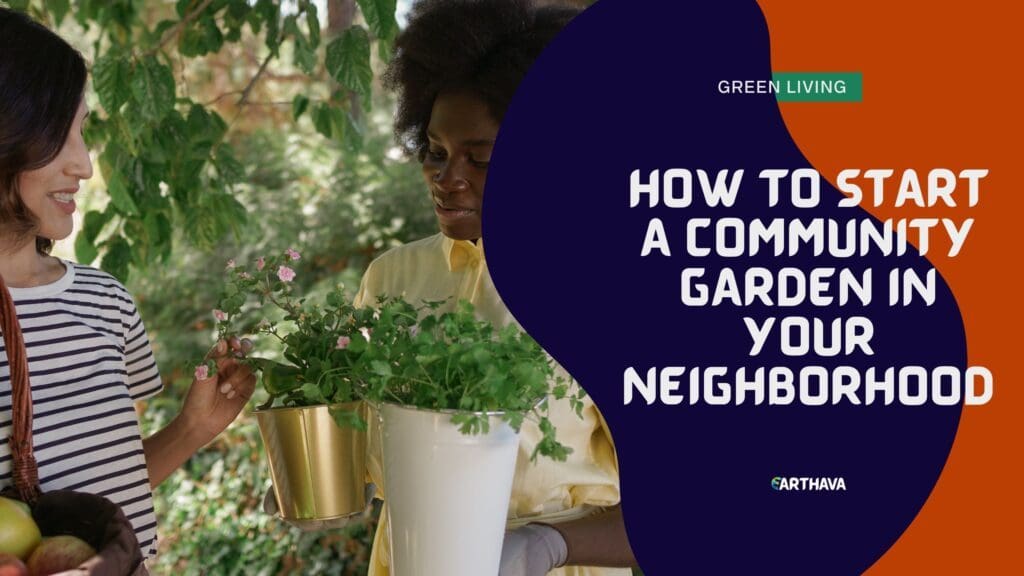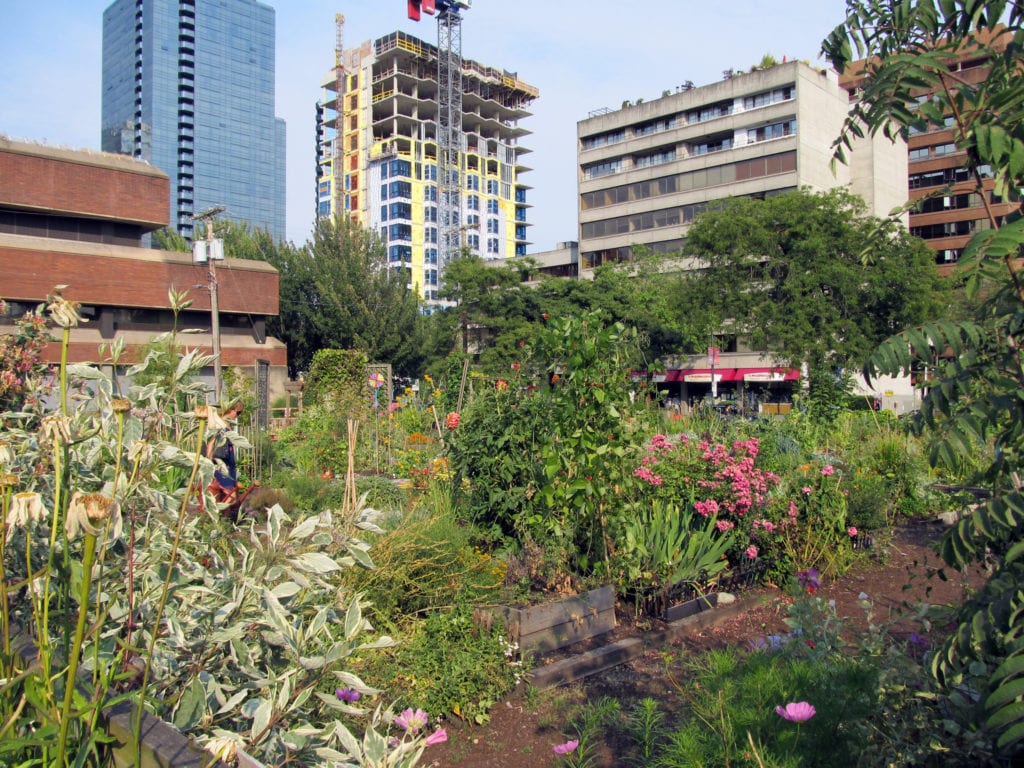At their core, community gardens are stretches of land gardened by groups of people. These spaces are most often public in terms of management, access, and ownership, but sometimes, local governments and nonprofit organizations are involved. They pop up on vacant lots and are the birthplace of many fresh products and plants. Some other gardens are true green sanctuaries dotted with flowers and splashes of color. Whatever their visage is, community gardens are a welcome addition to any neighborhood.

Turn Over A New Leaf
Starting a garden begins with a simple meeting of the interested people. This can involve neighbors, tenants, community organizations, and gardening societies. If there is a strong commitment to the cause, the next step is forming a planning committee. This body needs to take on various construction, funding and communication tasks. Now, from small pots of vegetables to projects of preserving and restoring natural habitat, community gardens vary from place to place.
In some towns, they serve as urban market gardens, while in other regions, there is a rich tradition of allotment gardens. Also, it is common practice to include “common areas”, the heart and soul of these oases. Food production is in the focus, and community gardens help people tackle grave environmental problems that threaten to undermine the availability of fresh produce. Thus, the dependency on distant agricultural areas is reduced, and environmental and financial costs are cut down.

Come Up Roses
Alas, gardeners must strive to avoid the “tragedy of commons”, a situation in which people are eager to exploit the benefits of communal areas but unprepared to contribute to their maintenance. There is a long history of failed projects of collective farming, meaning that active participation is of the essence. Another option is to hire professional staff and strike a lease agreement with a management company. This, however, introduces a tension between the grassroots nature of community gardens and top-down models with elected officials.
Furthermore, the location makes or breaks a community garden— it must have sufficient daylight, water, and soil devoid of polluting substances. Some of the essential considerations here are the plot size, physical layout, and type of plants. They can be encompassed by an “operations manual”: It usually addresses fundraising, recruiting members, planting, maintenance, etc. When defining the membership rules and cost, bear in mind that annual fees should be allocated for the garden upkeep.
One must also not fail to see the wood from the trees and figure out how to integrate the garden into a landscape of infrastructure and related services. For example, rubbish removal businesses flourish around community gardens, creating a whole ecosystem of waste management and other sustainable practices. Moreover, the security of land tenure and access to the garden remains one of the major challenges for community gardeners, especially when they are located in problematic neighborhoods.
Ultimately, a community garden unites people of all backgrounds and instills a sense of connection with nature. These natural shelters are a breath of fresh air in the bustling concrete jungles, and nurturing a healthy lifestyle is much easier in their presence. Community gardens often represent recreation and health amenities— they are green hubs of neighborhood activity, and local get-togethers that improve the quality of life for local citizens.

Green Fingers
Growing your food and immersing in the natural environment is a rare privilege in the world of today. It is a chance to bring about positive change and embrace a green way of living at its best. Just remember that gardeners have to muse on the design, plot arrangement, resources, financing, organizational structure, etc. So, do not beat around the bush: Come up with firm rules and put them in writing. Members must be able to stay on the same, green page as nature grows and blesses us with its yield.


